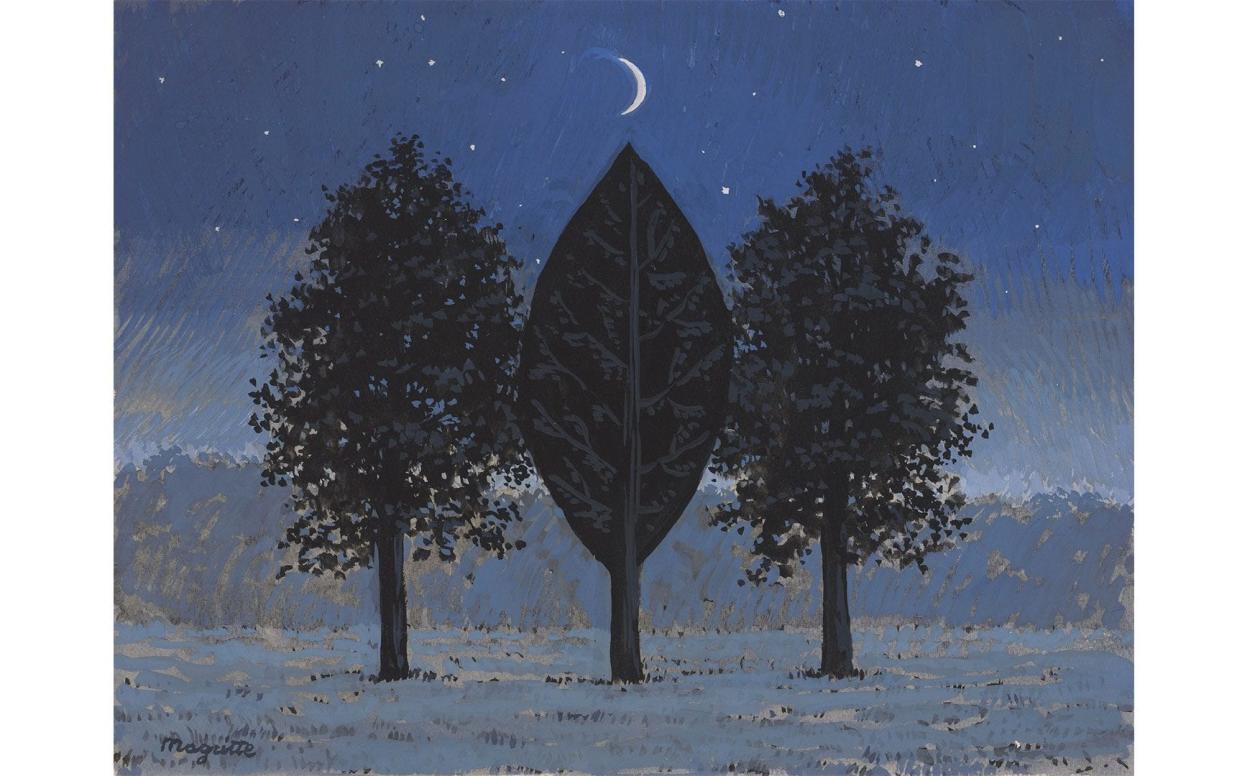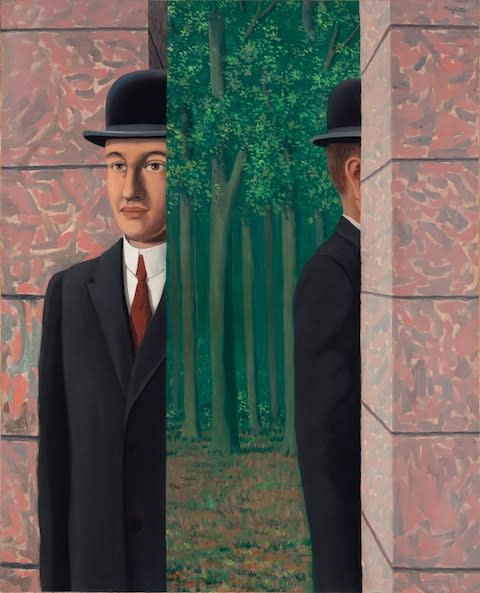Impressionist and modernist art sales experience highs and lows in London, from Gustave Caillebotte to René Magritte

The Impressionist and Modern art sales in London last week had their usual ups and downs, finally returning £300 million, which was at the low end of the presale estimate.
Christie’s did not produce the record total it had anticipated. The collection of Boston real estate developer Monte J Wallace, which had been valued at more than £100 million and which Christie’s had boasted as being the biggest collection of this category of art ever to be offered in London, mustered just £50.5 million.
A Monet waterlily painting estimated at £40 million didn’t attract a bid. The view of the pond was partially obscured by the trunk of a weeping willow, and the only signature was a studio stamp applied after the artist’s death, both of which may have reduced its appeal.
Christie’s did better with record-breaking prices for good pieces by the Pointillist painter, Paul Signac (£19.5 million), and the Impressionist, Gustave Caillebotte (£16.7 million), from the collection of the late Canadian billionaire, David Graham.
But the strongest sales were of European Surrealism, dominated by René Magritte, an outwardly ordinary man who spent most of his life painting extraordinary pictures in his kitchen or living room in Belgium. At least a dozen of his works were on offer and all bar two minor drawings sold, for a total of over £40 million.

Magritte’s record has been broken three times in the last two years. Christie’s nearly did it again last week, when one of his popular bowler hat images sold for £18.4 million ($24.3 million), only marginally less than the record $26.8 million set at Sotheby’s in New York last November. Indeed, Magritte’s star has risen to such a point that I heard one observer ask: “Is Magritte the new Warhol?”
The question is far more pertinent than it might at first seem. The two artists may have been separated by decades, and Warhol was far more productive, but Magritte’s best known images – his bowler hats, his masked apples and his pipe that is not a pipe – are as instantly recognisable as Warhol’s. We could call him a brand.
Magritte’s work is also very contemporary, especially with his tricks of perception. Contemporary artists who have been influenced by him include the Americans Jasper Johns, Robert Rauschenberg, Ed Ruscha, Jeff Koons and Warhol himself.
And then there’s the question of market. Warhol’s may be in abeyance, but Magritte’s is burgeoning (thus the comparative question). Each time the latter’s record is broken, more owners of his pictures are encouraged to sell, says the Brussels dealer Paolo Vedovi, who paid a triple estimate £1.9 million last week for a small gouache of trees under a crescent moon. In 1975, the same picture had cost £13,000.

The strongest demand has traditionally come from Europe and, recently, America, where the artist has enjoyed a spate of exhibitions in the last five years. Wilbur Ross, Donald Trump’s secretary of commerce, is a leading collector, though last week it was an anonymous American collector who bought both Magritte paintings at Sotheby’s: one, of the artist’s wife twinned with an American Indian, for an overestimate £5.3 million.
Magritte’s fastest-growing market is in Asia. Long popular in Japan, buyers are now piling in from China, Korea, Taiwan and Indonesia, where there is more interest in Magritte than Picasso, says Vedovi. Two of Magritte’s last three records have gone to Asia. The most recent, a portrait of the surrealist collector Edward James, was acquired at Sotheby’s by an Asian buyer.
Interestingly, while there are catalogues raisonnés on both artists, the Warhol authentication committee does not exist any more, because of the cost of legal disputes. The Magritte committee, however, is protected by Belgian law, which provides a security against experts being sued.
Although Sotheby’s holds Magritte’s auction record, Christie’s long-standing surrealist expert, Olivier Camu, claims that they have sold 17 of the 20 most expensive Magritte paintings. Some, Camu adds, are in private hands and are now valued at up to $100 million, so the present record is not likely to last for long.
Sign up for the Telegraph Luxury newsletter for your weekly dose of exquisite taste and expert opinion.

